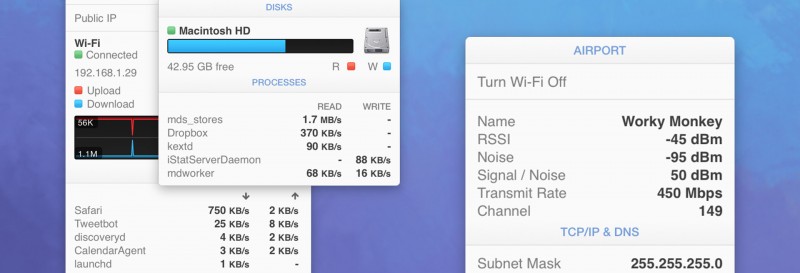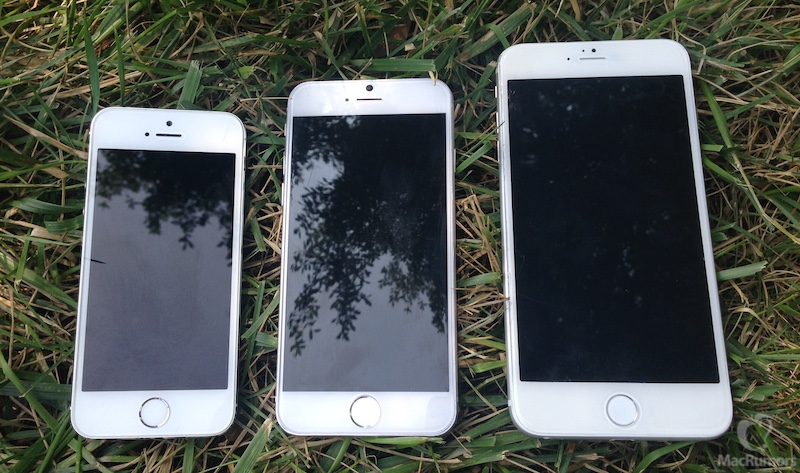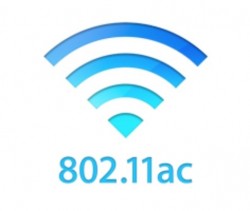Bjango today released iStat Menus 5, the newest version of its popular Mac system monitor. The program brings a refreshed design, compatibility with OS X Yosemite, and enhanced per-app metrics and stats. Additionally, time and world clocks are now available for more than 120,000 cities along with support for additional languages.

New menubar icons and revamped-drop down menus are emphasized in the new look of iStat Menus 5, which has been designed to fit more in line with the overall look of OS X Yosemite. The app also contains a variety of Yosemite-only and Mavericks-only features, which include overviews for apps using significant energy and Dark Mode compatibility among others.
In addition to these changes, stats on read and write disk activity for individual apps are now available, along with data on specific upload and download activity. Finally, access to additional network information and improved GPU monitoring are also provided through iStat Menus 5.

All of the new additions to iStat Menus 5 join the program’s core monitoring abilities, which allow users to track metrics such as realtime CPU and GPU usage, sensors, memory, battery and power, disk usage, and more.
iStat Menus 5 can be downloaded now and comes with a free 14-day trial, as a single license and Family Pack license sell for $16 and $24, respectively. Users upgrading from iStat Menus 3 or 4 are eligible for reduced pricing, with the single license on sale for $9.99 and the Family Pack license available for $14.99.







 4.7 and 5.5-inch iPhone 6 models compared to iPhone 5s
4.7 and 5.5-inch iPhone 6 models compared to iPhone 5s

 In a
In a 



